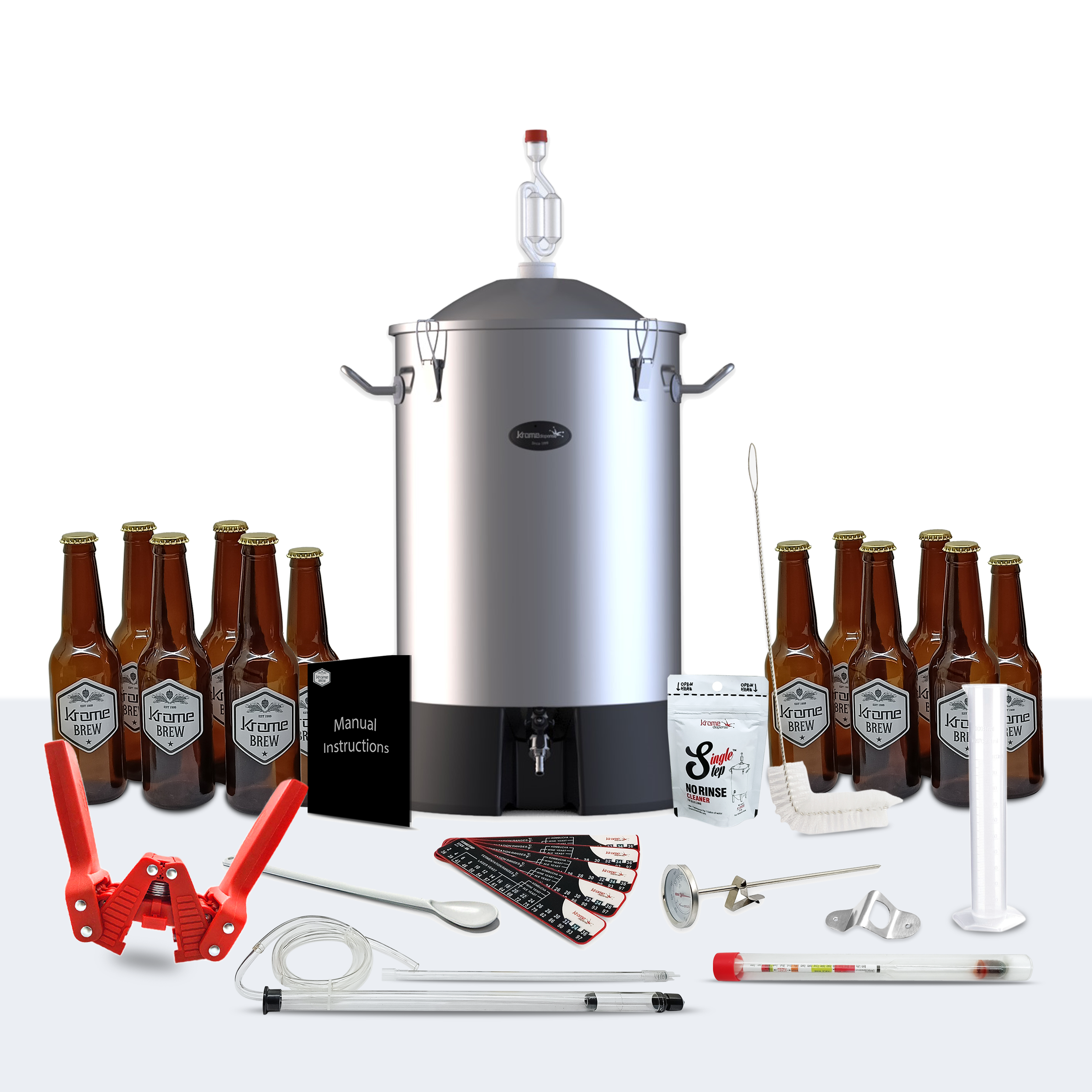Crafting the Good Brew: A Deep Dive into Beer Manufacturing Plant
Brewing beer has developed from being a hobby for the naive to a popular pastime for enthusiasts who love creating your own distinctive tastes in the comfort of their homes. Crafting beer is a delicate blend of ingredients, the right techniques, and the right set of equipment. Knowing the equipment used in the process of brewing is the very first step to producing a successful recipe of beer. No matter if you're trying to make an old-fashioned lager, a hoppy IPA or a dark stout The equipment you choose to use is a major factor in determining the quality of your final product. From beginners to advanced brewers, having the proper gear will make your entire process easier and more enjoyable. Similar to any craft, starting with proper equipment is vital for getting consistent results and getting familiar with the brewing process.

At the heart of any brewing setup is the brew kettle, an enormous pot that is used to bring water and wort boiling, which is the liquid that is extracted from malted grains. Brew kettles are available in a variety of sizes, types of materials and designs, however stainless steel is most popular due to its strength and resistance to corrosion. Certain kettles with advanced features include thermometers, volume markers and spigots that improve the precision as well as ease of making brewing. The kettle's size is dependent on the size of the batch, with home brewers typically using five to ten-gallon kettles. Microbreweries could need larger models. The proper control of temperature during the boiling process is essential in obtaining the proper flavors as well as removing undesirable compounds. The kettle plays an important role in the addition of hops when the timing and the amount of hops can have a significant impact on the flavor and aroma of beer. An efficient kettle will make it easier to manage all these aspects and speeds up the process of making beer.
Next comes the mash tun. This is used to steep milled grains in boiling water during the mashing phase. The process helps enzymes within the malts to break down starches to fermentable sugars which then form the beer. Mash tuns can be as simple as a cooler that has been converted, or as complicated as vessels that are insulated equipped with false bottoms and sparging arms. Insulation is essential to maintain a stable temperature throughout the mashing process. It typically lasts about an hour. The mashing process is followed by the sparging. hot water flows through the grain bed to remove any remaining sugars. The wort is collected and sent to the brewing kettle for boiling. Selecting the best design of mash tun depends on the requirements of the brewer's volume and the desired degree of control on the mash procedure. The more control a brewer can exercise, the better results will be across batches.
Techniques and tools for sanitizing are often overlooked but can be the most important aspect of homebrewing. As Beer Brewing Equipment is highly vulnerable to contamination by bacteria and wild yeast, every device which comes in contact with the beer must be cleaned and disinfected properly. Brewers use specially formulated cleaners and sanitizers, such as Star San or iodine-based solutions to ensure the safety of their equipment. Bottle washers, brushes, as well as auto-siphons can also aid in maintaining hygiene and productivity. It's important to note the fact that cleaning clears up visible dirt and sanitizing kills microorganisms. In the event of rushing or skipping this process could result in off-flavors and wasted efforts. Clean and well-maintained brewing environment lays the foundation to consistently excellent beer. To obtain supplementary information please go to https://www.hgmcbrewing.com/

After fermentation it is necessary to have the beer condition and carbonated prior to when it can be served or packaged. It requires other equipment, such as siphons for bottling, buckets for bottling, and carbonation droppers and CO2 tanks based on whether the beer will be kegged or bottle-conditioned. For those who prefer kegging, a kegerator setup with regulators, taps, and CO2 tanks permits simple dispensing of carbon dioxide and consistent distribution. Conditioning can improve the quality, taste as well as the overall smoothness of the beer. There are brewers who utilize secondary fermenters for additional aging and to separate alcohol from sediment created by the initial fermentation. The bottling equipment must be cleaned cautiously to stop contamination, and to ensure that the beer has a long shelf life. Cleanliness and consistency are crucial to having a great-tasting final product.
As you gain experience as you get more experience, you could consider enhancing your brewing process with more advanced tools like the mash tuns, wort chillers as well as grain mills. A wort chiller rapidly cools the hot wort after boiling. This is crucial in order to keep it from getting contaminated and decrease waiting time. Mash tuns are utilized in all-grain brewing, offering the ability to control the extraction of sugar and also beer styles. Mills for grain allow brewers to crush grain themselves to ensure maximum quality and freshness as well as customization. They aren't essential for novices, but they can improve the consistency and quality of your drinks as you learn and improve. Expanding your equipment over time will allow you to try new techniques and different ingredients. As you acquire each piece of gear, your brewing knowledge and creativity will grow, bringing you closer to mastering your craft.
Comments
Post a Comment